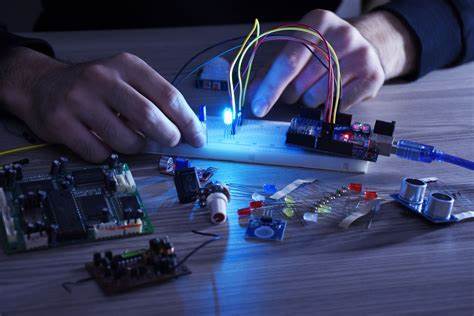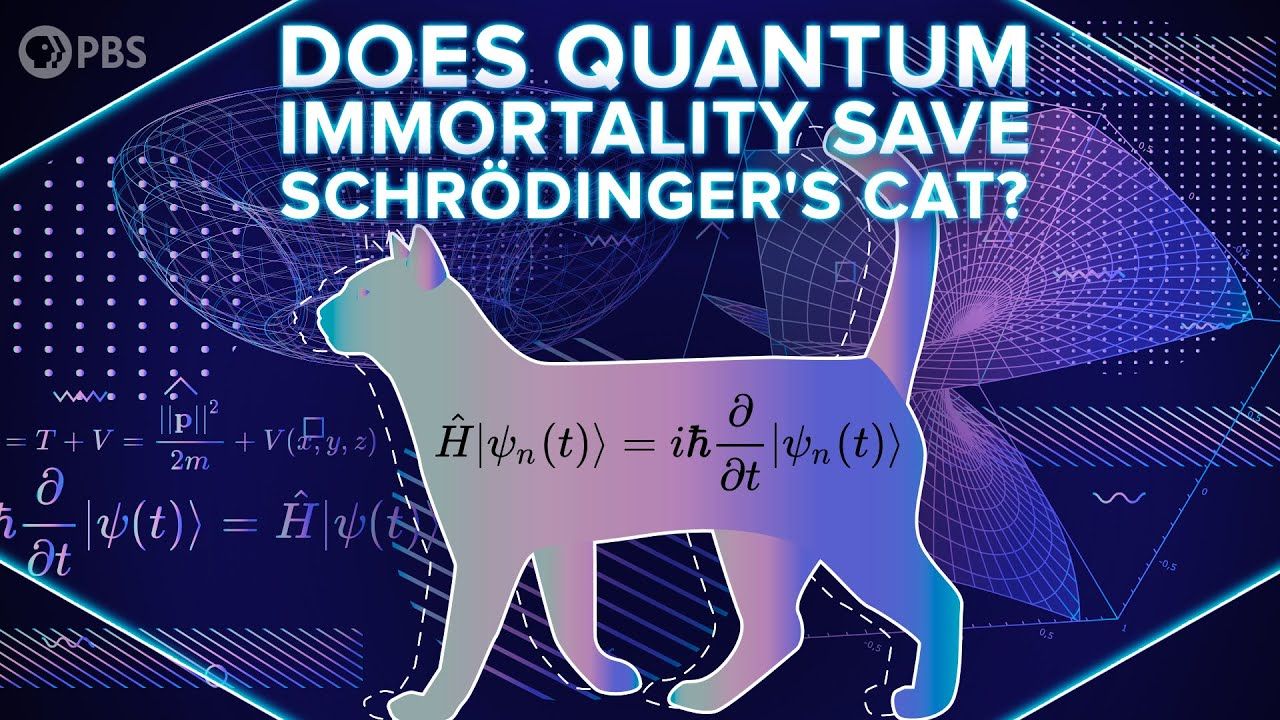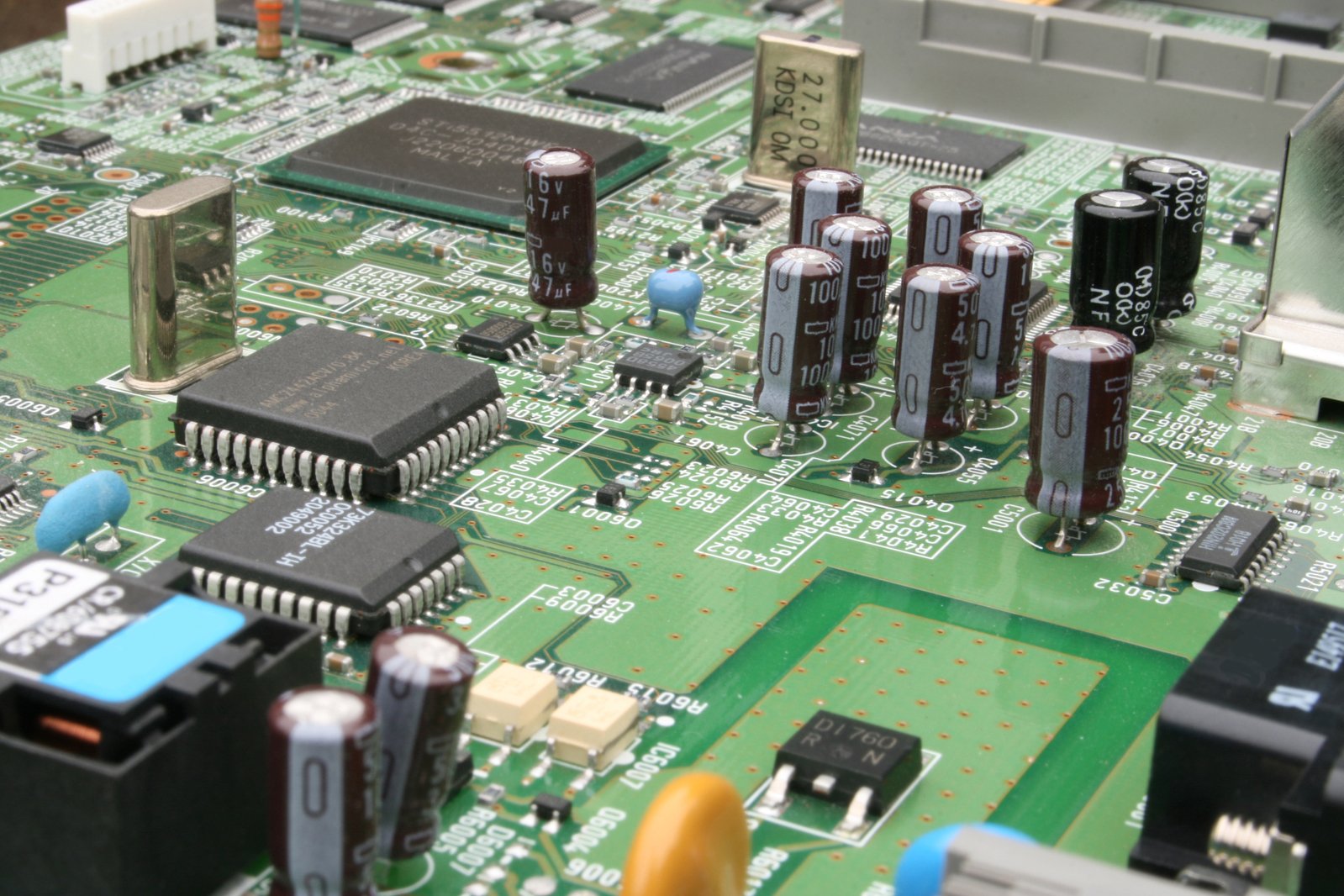
- Teacher: Dr. MANOJ KUMAR N Physics
- Teacher: Dr. PRIYANKA B Physics
- Teacher: Dr. RESHMI P M Physics
- Teacher: Dr. VINODKUMAR T Physics
- Teacher: Mrs. LAVANYA N Physics

- Teacher: Dr. MANOJ KUMAR N Physics
- Teacher: Dr. PRIYANKA B Physics
- Teacher: Dr. RESHMI P M Physics
- Teacher: Dr. VINODKUMAR T Physics
- Teacher: Mrs. LAVANYA N Physics
The Course Outcomes (COs) of the QM course are given below,
- CO1: Understand the limitations of classical mechanics.
- CO2: Explain Blackbody radiation problem, Photoelectric effect and Compton Effect using quantum theory of radiation.
- CO3: Understand Rutherford, Bohr atom models and concept of energy and angular momentum quantization.
- CO4: Understand de-Broglie hypothesis, concept of wave nature of matter and Heisenberg uncertainty principle.
- CO5: Determine probability of finding a particle and expectation values of variable using its wave function
- CO6: Write and solve Schrodinger equation for simple quantum mechanical systems.
- CO7: State and explain Pauli’s exclusion principle.

- Teacher: Dr. PRIYANKA B Physics
- Teacher: Dr. SREEJITH E K Physics
- Teacher: Dr. SUBHA P V Physics
The Course Outcomes (COs) of the EM Course are given below,
- CO1: Understand the concept of electric field, electric potential, magnetic field and magnetic potentials.
- CO2: Use the principle of superposition and Law of Gauss to calculate electric field intensity.
- CO3: Determine electric potential of charge distributions and hence specify electric field intensity.
- CO4: Understand the basic properties of conductors and capacitors.
- CO5: Calculate the magnetic fields due to currents using Biot-Savart and Ampere laws.
- CO6: Compare Magnetostatics and Electrostatics.
- CO7: Understand Diamagnets, Paramagnets and Ferromagnets.

- Teacher: Dr. PRIYANKA B Physics
- Teacher: Mrs. LAVANYA N Physics
The Course Outcomes (COs) of the course TSM are given below,
- CO1: Understand the concept of temperature, the thermodynamic state and equilibrium.
- CO2: Explain the first law of thermodynamics through work and heat and its Mathematical Formulation.
- CO3: Understand the ideal gas equation and kinetic theory of gases.
- CO4: Understand the second law of thermodynamics and thermodynamic temperature scale.
- CO5: Define entropy and thermodynamic potentials.
- CO6: Understand the basic concepts of Statistical mechanics.

- Teacher: Dr. PRIYANKA B Physics
- Teacher: Dr. RESHMI P M Physics
The Course Outcomes (COs) of the ELEC2 Course are given below,
- CO1: Understand the AC analysis of BJT circuits and CE amplifiers.
- CO2: Understand the feedback circuits, oscillators and power amplifiers.
- CO3: Understand OPAMP basics and different OPAMP circuits.
- CO4: Understand the standard forms Boolean Expressions, Functions of Combinational Logic and K map simplifications.

- Teacher: Dr. PRIYANKA B Physics
- Teacher: Dr. VINODKUMAR T Physics